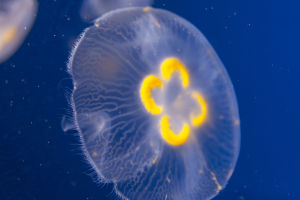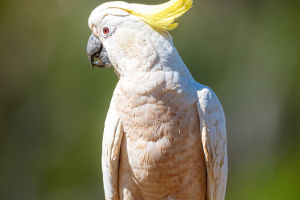Penguins are birds and belong to the family Spheniscidae under the order Sphenisciformes, not mammals. Penguin features differ from those of mammals, primarily in their reproductive method.
Penguins lay eggs, and after mating, the female penguin will produce an egg. The male penguin will then incubate the egg, and after the baby penguin hatches, the female and male penguin will take turns looking after it. Unlike mammals, most of whom give birth to live young and provide milk for their offspring.
As birds, penguins share many key characteristics with other birds. For example, their bodies are covered in feathers, which are specialized structures used for warmth.
Most birds have feathers on their body surface. Penguins are also endothermic animals, meaning that their body temperature is constant. This is related to their insulation; not only do they have feathers for warmth, but they also have a thick layer of subcutaneous fat, which is very effective at maintaining their body temperature at around 30 degrees Celsius.
The largest species of penguin is the Emperor Penguin, which averages around 1.1 meters in height and weighs over 35 kilograms. The density of penguin feathers is three to four times greater than that of other birds of the same size, and these feathers help regulate body temperature.
Penguins have strong and sturdy bones, thick and short tarsometatarsus bones, and a well-developed block-shaped patella structure. Their feet are short and flat.
Penguins typically live in areas south of the equator and can only be seen in places where humans rarely go. Some penguins live in cold regions, while others live in tropical regions.
Most penguins are distributed in the Antarctic region, and there are currently a total of 17 or 18 known species of penguins worldwide. In addition to the Antarctic, certain penguin species such as the Humboldt penguin, Magellanic penguin, and black-footed penguin are also found in lower latitudes, while the Galapagos penguin is found closer to the equator.
However, due to global warming and melting sea ice, Emperor Penguins in Antarctica are facing extinction risks, and they have been listed as a threatened species under the Endangered Species Act.
This will provide threatened protection for Emperor Penguins, as climate change has altered their habitat requirements. Classifying Emperor Penguins as threatened will help protect the species and its habitat.
According to data from the US Geological Survey, although endangered species are facing the threat of extinction, threatened species may be at risk of extinction in the near future.
As a result, humans have built artificial houses for penguins. These houses are actually artificial penguin nests made of ceramic material and appear as tunnel structures with one end higher than the other.
The double-layer design and white surface that reflects sunlight help maintain the internal temperature below 35 degrees Celsius, which is beneficial for hatching penguin eggs.
This penguin nest project was jointly carried out by multiple organizations, providing safe and shaded habitats for penguins through the placement of artificial nests, making it easier for them to raise their young and increase the number of penguins.


